Retro Replay Review
Gameplay
Fort Apocalypse offers a tightly controlled, four-way scrolling flight experience that pushes both reflexes and strategic planning. Piloting the “rocket copter” requires mastering momentum and inertia—your craft doesn’t switch direction instantly, so each turn demands foresight and precision. This design choice heightens tension as you navigate twisting cave systems filled with impact shields, defenses, and hostile droids.
The core loop of locating and rescuing prisoners from the Draconis and Crystalline caves is remarkably satisfying. You’ll dip in to drop plasma bombs on heavy doors and turrets, then switch to interceptor rockets when strafing smaller foes or clearing out self-propelled mines (SPMs). Managing your limited fuel supply adds another layer of resource management: do you punch through a risky choke point or backtrack for a fuel depot?
Adding depth to the mission structure are the glowing Hyper-Chambers scattered throughout each level. These teleporters offer shortcuts and alternate routes, letting you bypass sections you’ve already cleared or attempt daring flanking maneuvers against the Kralthans’ main defenses. Coupled with the “Navatron” radar display—your lifeline for spotting unseen enemies—this variety keeps gameplay fresh even after multiple runs.
Graphics
Despite its vintage origins, Fort Apocalypse’s graphics hold up through thoughtful use of color and sprite work. The cavern walls boast layered textures that evoke a sense of depth, while the crystalline environments glitter with bright, jewel-toned highlights. These visual cues not only set each area apart but also serve as navigational aids in a game where getting lost can mean disaster.
The rocket copter itself is rendered with surprisingly smooth animation frames. Watching it bank and pivot feels weighty and realistic, reinforcing the challenge of controlling such a complex vehicle in cramped tunnels. Enemy sprites—ranging from armored tanks to teleporting rocks—are distinct and often require split-second recognition to determine the correct ordnance for elimination.
Special effects like plasma bomb explosions and teleportation flashes are crisp and impactful. They might not rival modern particle engines, but they deliver clear visual feedback on the success of your actions. HUD elements, including the Navatron radar and fuel gauge, are tastefully integrated without cluttering the playfield, allowing you to maintain focus on the action.
Story
At its heart, Fort Apocalypse weaves a spartan yet compelling narrative of a lone pilot infiltrating the Kralthan stronghold to rescue prisoners. The fundamental premise—an asymmetric conflict where brute force fails but clever piloting succeeds—provides just enough context to drive you forward. While there’s no voiced dialogue or cutscenes, the world-building emerges through level design and in-game mechanics.
Each cave network you explore feels like a piece of a larger tapestry: Draconis Caves hint at ancient, crumbling fortifications lit by molten flows, while the Crystaline Caves gleam with alien energy and angular crystal formations. Discovering hidden chambers and reading the environmental clues gives a sense of unraveling the Kralthans’ secrets, which is remarkably immersive given the game’s minimalist presentation.
Enemy variety also contributes to the narrative. Armored tanks lumber through military outposts, teleporting rocks speak to the aliens’ mastery over space, and robo-choppers patrol key passages as sentinels of Fort Apocalypse itself. Each encounter reinforces the stakes: this isn’t just a mission for glory, but a desperate bid to save lives from an impregnable fortress.
Overall Experience
Playing Fort Apocalypse today is both a nostalgic trip and a refreshing challenge. The blend of tight controls, resource management, and maze-like levels creates an addictive difficulty curve that rewards patience and experimentation. You’ll often find yourself mapping out each cave system, deciding whether to conserve fuel or push forward in a single, daring dash.
The game’s pacing strikes a fine balance between methodical exploration and pulse-pounding action. Rescuing a prisoner after clearing a gauntlet of defenses brings a genuine sense of accomplishment, while a sudden ambush by enemy droids can send adrenaline soaring—and sometimes force you to start over from your last landing pad.
While some modern players may bristle at the trial-and-error nature of the design, others will appreciate the clarity of its rules and the absence of hand-holding. For those seeking a retro challenge that still feels fair and engaging, Fort Apocalypse remains a standout example of how precise controls, clever level design, and a dash of narrative imagination can combine into an enduring gaming experience.
 Retro Replay Retro Replay gaming reviews, news, emulation, geek stuff and more!
Retro Replay Retro Replay gaming reviews, news, emulation, geek stuff and more!

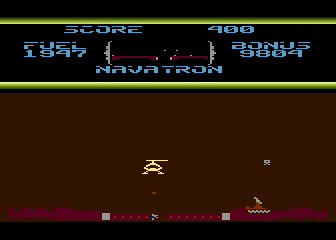
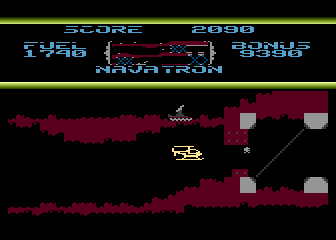
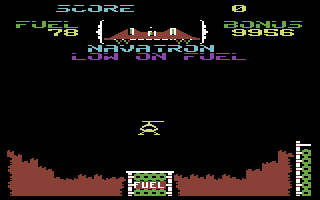
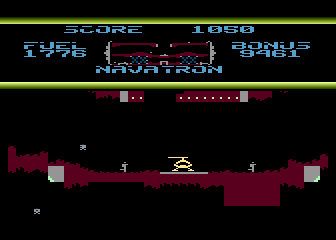
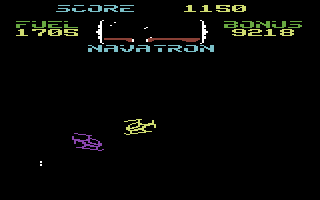


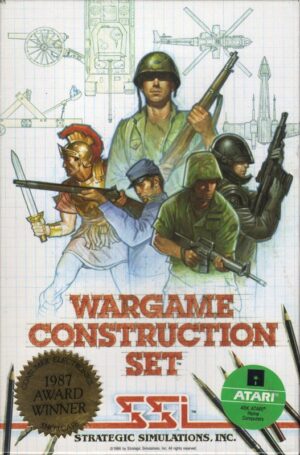
Reviews
There are no reviews yet.